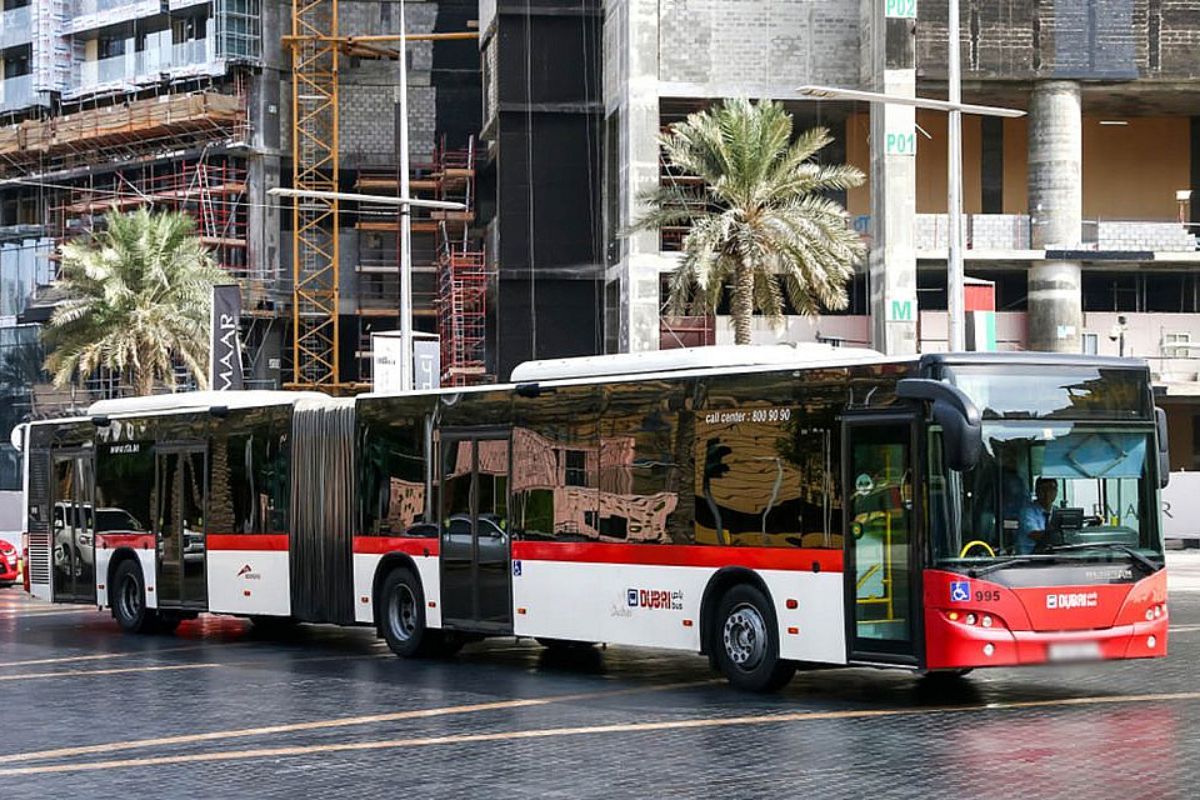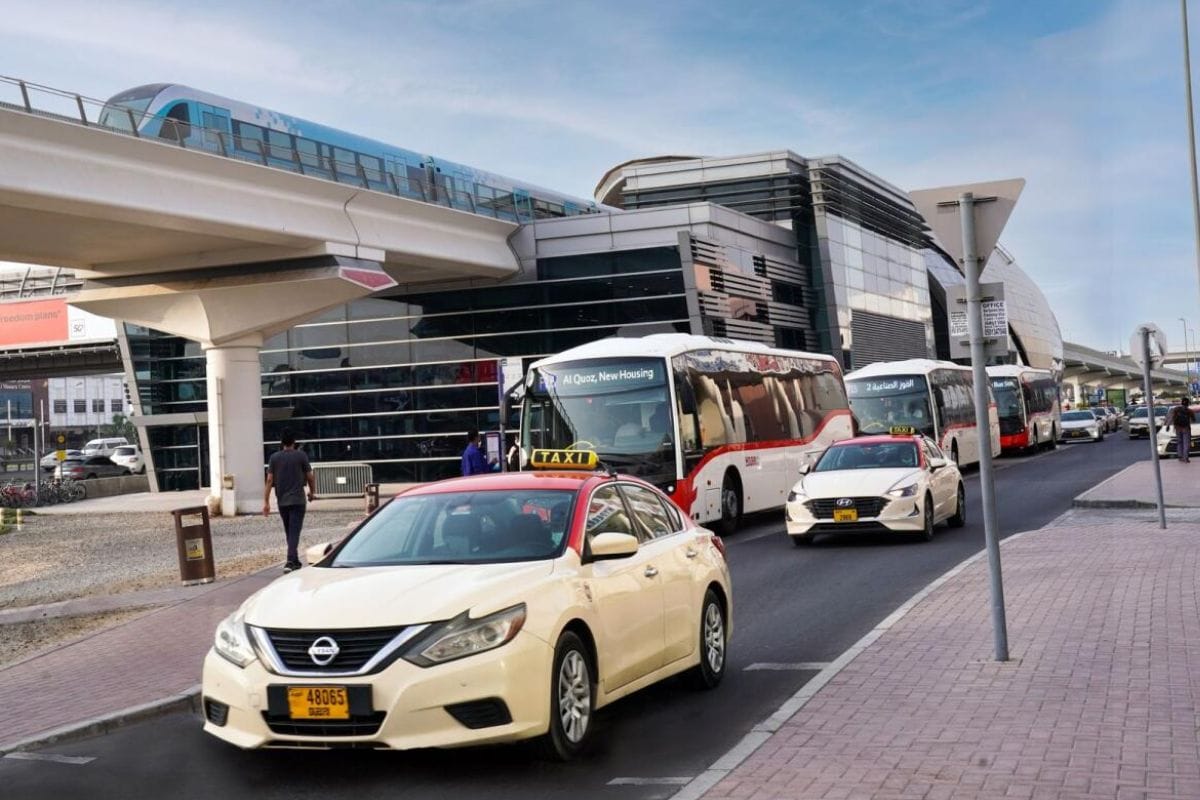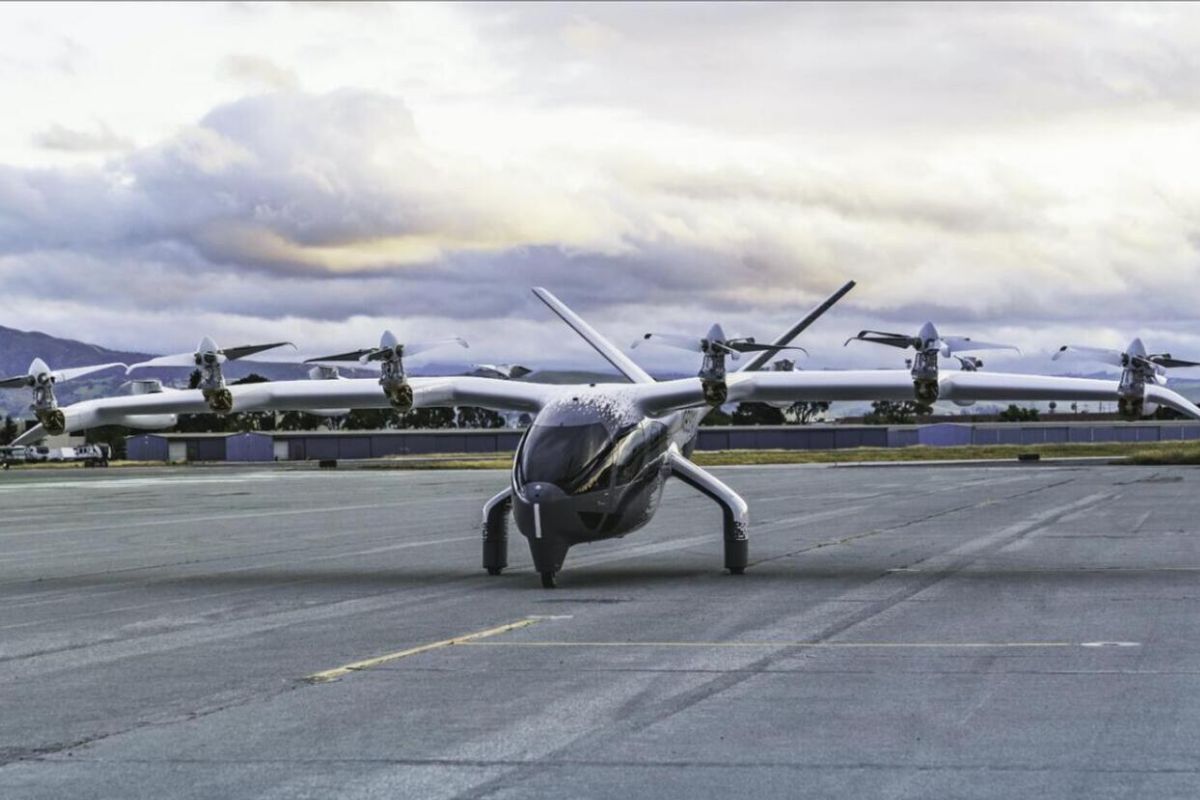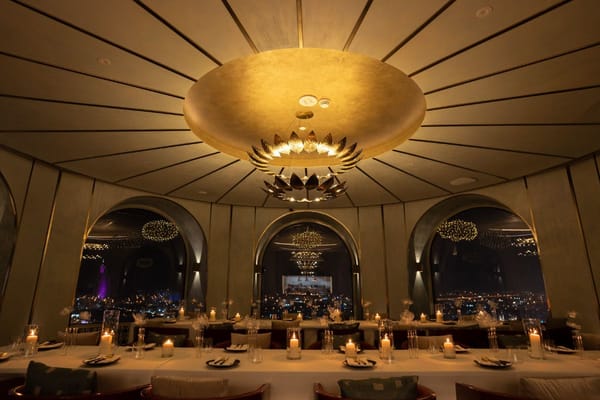On September 9, 2009, Dubai unveiled a marvel of modern urban planning and public transportation: the Dubai Metro. This landmark project wasn't just about creating a new mode of transit; it was a visionary leap towards tackling the city's congestion issues head-on while laying the foundation for a sustainable, high-speed transportation system. Today, the Dubai Metro is celebrated not only for meeting its initial objectives but for surpassing them, earning its status as one of the most dependable and favored transportation options in the bustling metropolis.
Spanning an impressive 90 kilometers and fully automated, the Dubai Metro comprises two main lines—the Red and the Green—with the Red Line featuring a strategic branch at the Jabal Ali interchange. This meticulously designed network offers an effortless journey across the city's sprawling landscape, proving itself as an indispensable part of daily life in Dubai. Whether you're a first-time visitor or a daily commuter, the Dubai Metro invites you to explore Dubai with ease, efficiency, and comfort.
In this guide, we'll answer your top questions about navigating the Dubai Metro, ensuring your journey through this dynamic city is as smooth and enjoyable as possible. Welcome aboard the future of urban transit in Dubai.
What are the key stations and zone divisions within the Dubai Metro system now?
The Dubai Metro network is comprised of the Red and Green lines, offering extensive coverage across the city:
- Red Line:
- Begins at Centrepoint (previously known as Rashidiya) station near Dubai International Airport.
- Runs along Sheikh Zayed Road, passing major landmarks including the Burj Khalifa, Dubai Mall, Business Bay, the Jumeirah Lakes Towers (at DMCC station), Dubai Marina (Sobha Realty station), and the Mall of the Emirates.
- Divides at Jabal Ali station, with one branch heading to Expo City Dubai (no train change needed) and the other towards Ibn Battuta Mall (requires a train change at Jabal Ali station).
- Terminates at UAE Exchange station, located beyond the Jebel Ali Industrial Area.
You can find your stops here

- Green Line:
- Starts from Etisalat station in the Al Twar region.
- Extends to Dubai Creek, enabling access to the city's cultural sites like the Al Fahidi Historical Neighbourhood, Deira, and the renowned Gold and Spice Souks.
You can find your stops here
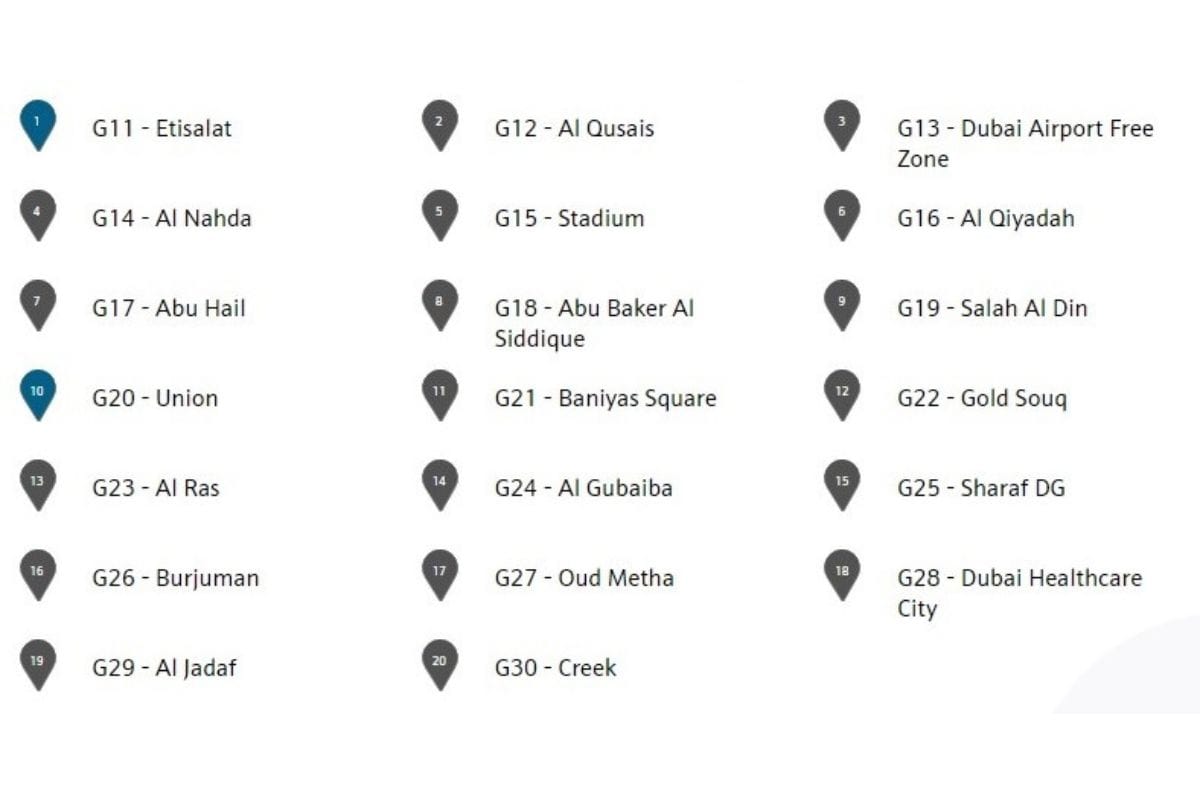
- Tram stations:
Find your stops here
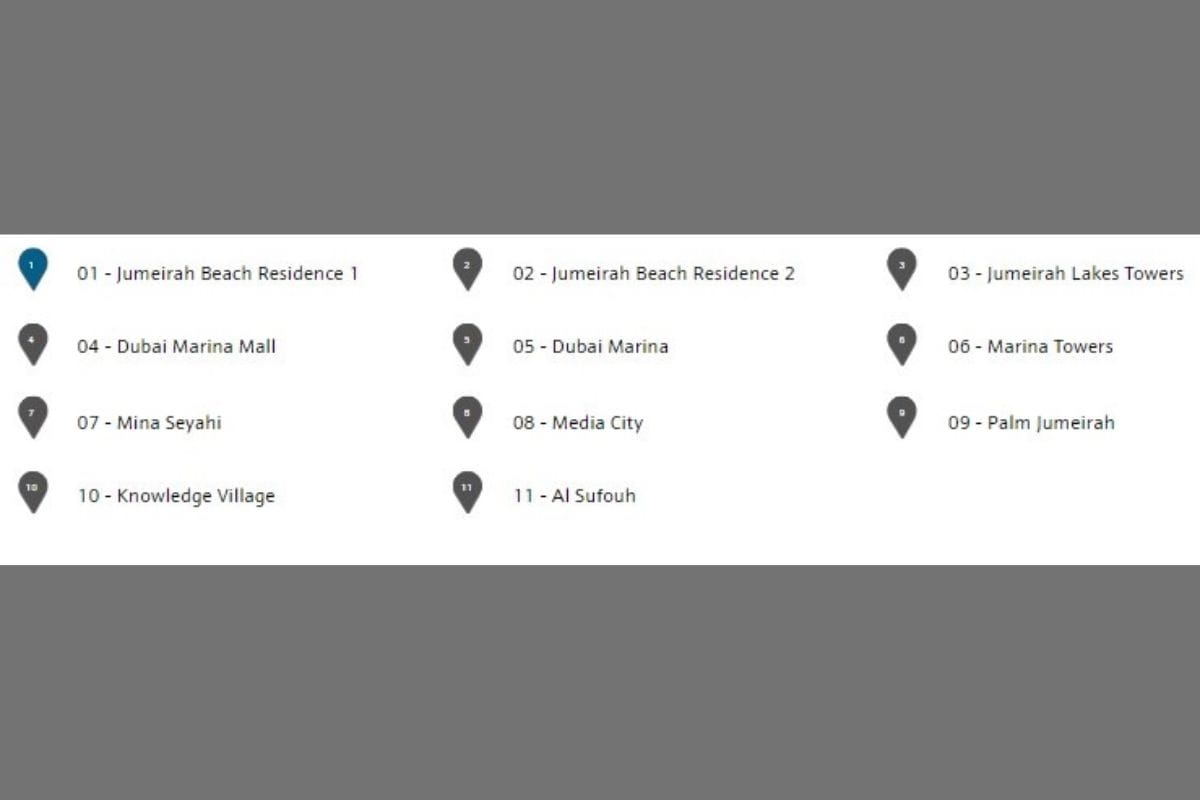
This structure allows for easy navigation of Dubai's key points of interest, from modern attractions to historic sites, with each line catering to different destinations and experiences within the city.
How can I purchase tickets for the Dubai Metro?
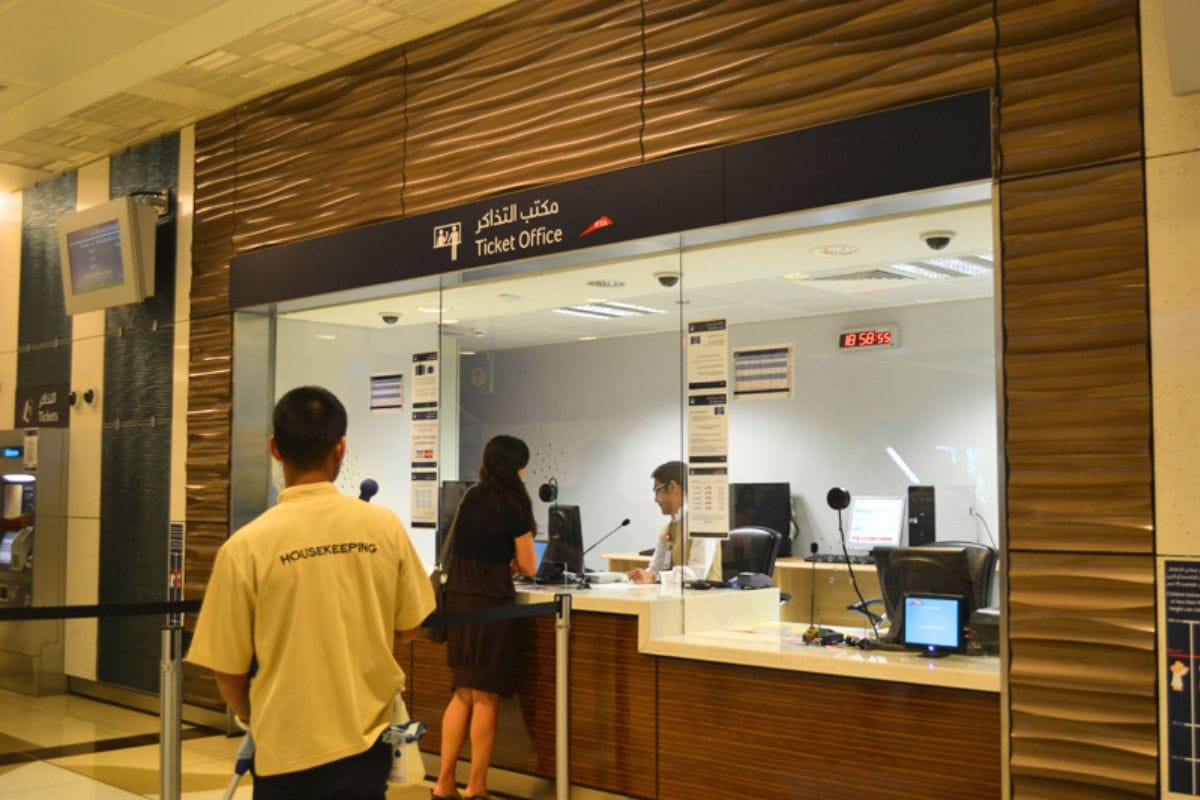

Tickets for a single journey or Nol cards are available for purchase at any Dubai Metro station, bus stations, and select supermarkets including Carrefour, Spinneys, and Waitrose.
Dubai's comprehensive public transportation system ensures that topping up your Nol card is convenient and accessible through multiple avenues. Here's how you can keep your card charged and ready for your travels:
Metro Stations
- Kiosks: Each station is equipped with one or more kiosks where you can check your Nol card balance and top it up using either cards or cash.
- Information Desk: For personal assistance, approach the main information desk where staff can help you top up your card.
RTA Smart Apps
- Nol Pay, RTA, and S'hail Apps: Download any of these apps to top up your card on the go. An RTA account is required for the RTA and S'hail apps, but you can also use your UAE Pass ID.
- Operation: Enter your Nol tag ID, email ID, and top-up details, or simply scan your card using your phone's back camera for a quick recharge.
Dubai Now App
- Partner App: An RTA partner app, Dubai Now, allows for Nol card top-ups after signing in with your UAE Pass account.
RTA Website
- Online Top-Up: Visit the RTA website, input your Nol tag ID and email ID, followed by payment details to top up your card.
Solar Top-Up Machines
- Eco-Friendly Option: Located at select bus stops around Dubai, these solar-powered machines function similarly to metro station kiosks and offer an environmentally friendly way to recharge your card.
What is the purpose of Nol cards in Dubai?
Nol cards are Dubai's versatile public transport payment system, allowing for convenient and cost-effective travel. Beyond the metro, these rechargeable cards are accepted on buses, trams, and taxis throughout the city, streamlining payment across different modes of transportation. Among the various options, the Silver Nol card stands out for tourists, capable of holding up to AED1,000 in credit, ensuring a hassle-free transit experience during their visit to Dubai.
Types of Nol Cards:

Dubai's Roads and Transport Authority (RTA) offers a range of Nol cards tailored to fit the needs of every commuter, providing access not just to transport but to various services across the city. Here's a comprehensive guide to help you choose the perfect Nol card for your needs.
Silver Card
Known as the 'regular' card, the Silver Nol card is widely used for daily commutes.
- Cost: AED 25 (includes AED 19 credit).
- Max Balance: AED 1,000 for anonymous users; AED 5,000 for registered users.
- Validity: 5 years.
Gold Card
Offers access to exclusive Gold Class cabins in the metro and tram, with fares at double the regular rate.
- Cost: AED 25 (includes AED 19 credit).
- Max Balance: AED 1,000 for anonymous users; AED 5,000 for registered users.
- Validity: 5 years.
Red Ticket
A disposable paper ticket for tourists or infrequent users, valid for one transport mode at a time.
- Cost: AED 2 per ticket.
- Max Balance: Rechargeable for up to 10 journeys or 5 daily passes.
- Validity: 90 days or until all trips are used.
Personal Card
Offers a 50% fare concession for eligible groups, linked to the Emirates ID for balance recovery if lost or stolen.
- Cost: AED 70 (includes AED 20 credit).
- Max Balance: AED 5,000.
- Validity: 5 years.
Eligibility for Personal Nol Card
- Students (ages 5-23)
- People of Determination (residents and tourists)
- Social Affairs Beneficiaries
- Senior Emiratis and Expats (above 60)
Required Documents for Personal Nol Card
- Students: Valid Emirates ID, photo, and proof of enrollment in a UAE educational institution.
- People of Determination (Resident): Emirates ID, photo, and People of Determination or Sanad Card.
- People of Determination (Tourist): Passport/ID, photo, and proof of status from the applicant's country.
- Senior Citizens: Emirates ID and a recent photo.
- Social Affairs Beneficiaries: Emirates ID, photo, and official letter/document for social assistance.
- Adults: Emirates ID and photo.
Application Processing Time
- Online: Up to 4 working days.
- Zoom Shops: Instant.
Additionally, silver or gold cardholders have the option to personalize their cards and link them to their Emirates ID for added convenience.
What are the timings of Dubai Metro?
The Dubai Metro operates every day of the week with varying hours based on the day:
- Monday to Thursday: Stations open from 5 am to midnight.
- Friday: Extended hours from 5 am to 1 am the following day.
- Saturday: Regular hours from 5 am to midnight.
- Sunday: Later start at 8 am, running until midnight.
For the Tram:
- Monday to Saturday: Operating hours are from 6 am to 1 am the next day.
- Sunday: Opens at 9 am and closes at 1 am the following day.
It's important to note that the timing for the first and last trains may differ across stations, and operational hours might be adjusted during public holidays. Trains on both lines run frequently, with intervals of about four minutes during peak times and seven minutes during less busy periods.
What does Gold Class on the Dubai Metro entail?

Dubai Metro trains feature three cabin types: Gold, Silver, and Women and Children's cabins. Gold-class cabins offer spacious seating with comfortable leather seats and wide views. To access Gold Class, passengers need to buy a specific ticket or the Golden Nol card, available at ticket counters.
Do women have to use women-only cabins?
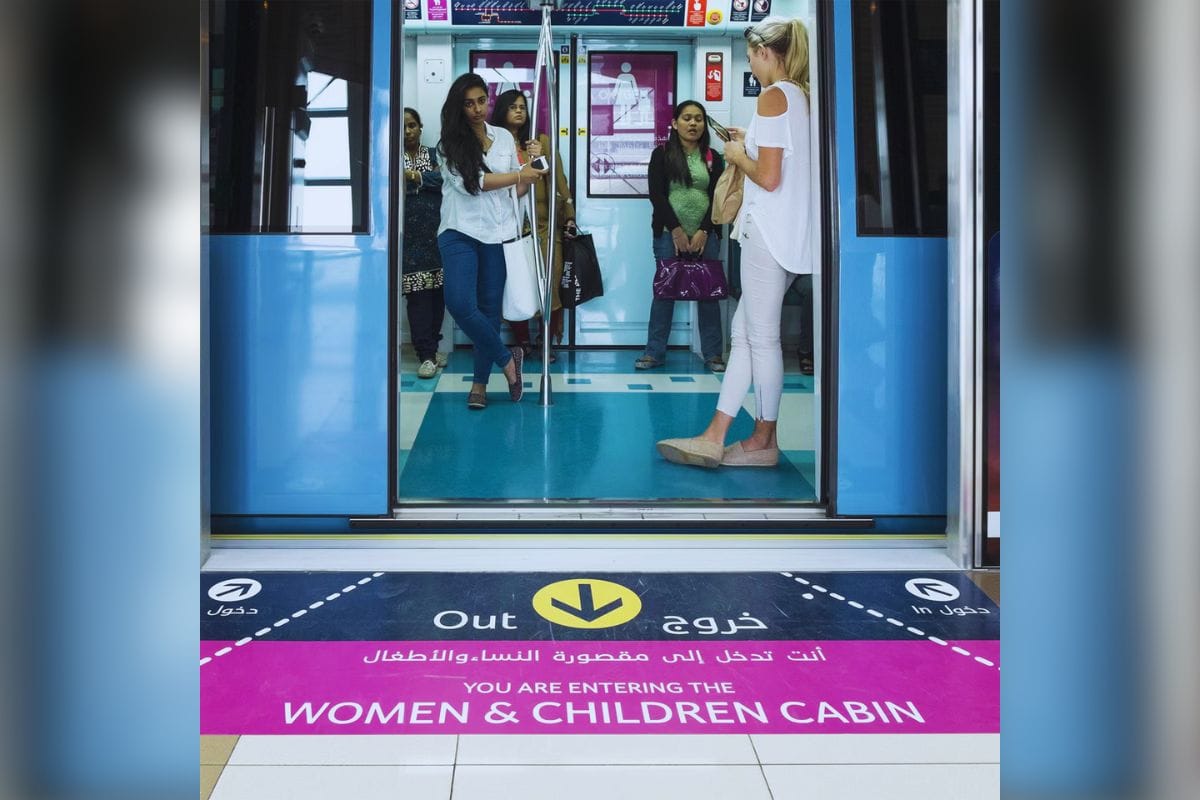
While Dubai Metro provides special cabins for women and children, marked with pink signs, women are not required to use these cabins. They are an option for those seeking more space or comfort.
How accessible is the Dubai Metro for wheelchair users?
The Dubai Metro ensures accessibility for individuals with disabilities, offering lifts at all station levels and designated spaces on trains for wheelchair users.
For first-time commuters on the Dubai Metro, consider the following tips:
- Avoid Peak Hours: Stations and trains are busiest from 6 am to 8:30 am and from 5 pm to 7 pm. Travel outside these times if you can.
- Consider Gold Class During Rush Hour: For a more comfortable journey during busy times, the extra cost for Gold Class is worth it.
- No Eating or Drinking: Keep in mind that consuming food or beverages inside the metro cabins is prohibited.
- Station Names: Many stations are named after landmarks, neighborhoods, or corporations. For guidance on stops, consult your hotel's concierge.
- Stay Connected: Enjoy free Wi-Fi aboard the trains for a connected journey.
Future Metro Station Under Construction
Dubai, a city known for its continuous development and innovation, is set to embark on the next phase of its urban transit evolution with the introduction of the Blue Line Metro. Slated to begin construction in 2024, this project aligns with the ambitious Dubai Urban Plan 2040, which anticipates significant population growth and the ensuing demand for the city's public transportation network. The Blue Line Metro aims to alleviate pressure from the existing Red and Green Lines, ensuring efficient and sustainable urban mobility.
Key Features of the Blue Line Metro
- Commencement and Completion: Construction is scheduled to start in 2024, with an expected completion by 2029, coinciding with the 20th anniversary of the Dubai Metro's inauguration.
- Route Expansion: The Blue Line will extend the metro network by an additional 30 kilometers, integrating 14 new metro stations into the northeast side of Dubai.
- Enhanced Connectivity: This new line will enhance underground network coverage, offering greater connectivity between the Blue Line and the existing metro lines.
- Urban Integration: Five of Dubai’s principal metropolitan areas will be interconnected, facilitating seamless travel across key regions including Bur Dubai, Deira, Downtown, Business Bay, Dubai Marina, Jumeirah Beach Residence, and Expo City Dubai.
Blue Line Metro Stations

The project will introduce 14 state-of-the-art stations equipped with advanced ticketing systems, comfortable waiting areas, ramps, restrooms, prayer rooms, and more. These stations aim to provide comprehensive services to commuters and will be located in:
- Dubai Creek Harbour
- Dubai Festival City
- Ras Al Khor
- Dubai International City 2 and 3
- Dubai Silicon Oasis
- Academic City
- Metro Depot Al Ruwayyah 3
- Dubai International City 1
- Al Warqaa
- Mirdif City Centre
- Al Rashidiya
Project Timeline and Benefits
- Schedule: The Blue Line Metro's operations are slated to start in 2024, with the entire network projected to be fully functional by 2029.
- Sustainable Development: By expanding the metro network, the Blue Line will play a crucial role in Dubai's sustainable development efforts, reducing street traffic and promoting eco-friendly transportation alternatives.
- Efficiency and Convenience: The introduction of the Blue Line is expected to significantly enhance travel efficiency across Dubai, making it quicker and more convenient for residents, tourists, and visitors to navigate the city.
The Dubai Metro Blue Line represents a forward-thinking step towards accommodating the city’s growing transportation needs. With its comprehensive route covering major urban areas and state-of-the-art facilities, the Blue Line will not only expand Dubai's metro network but also contribute to the city's reputation as a global leader in sustainable urban mobility. As the project unfolds, it promises to add a new dimension to public transport in Dubai, making the metro an even more attractive option for daily commutes and exploratory journeys alike.
The Dubai Metro stands as a shining example of urban transportation done right, blending efficiency, sustainability, and innovation. As it weaves through the heart of Dubai, connecting bustling marketplaces, towering skyscrapers, and serene residential areas, the Metro not only facilitates the daily commute of millions but also significantly contributes to the city's economic vitality and environmental sustainability. Its expansion, exemplified by projects like the upcoming Blue Line, reflects Dubai's forward-thinking approach to catering to its growing population and enhancing the quality of life for all its residents and visitors. The Metro's continued evolution promises to further solidify Dubai's status as a world-class city, committed to offering seamless, green, and efficient transportation solutions.
Also Read:
